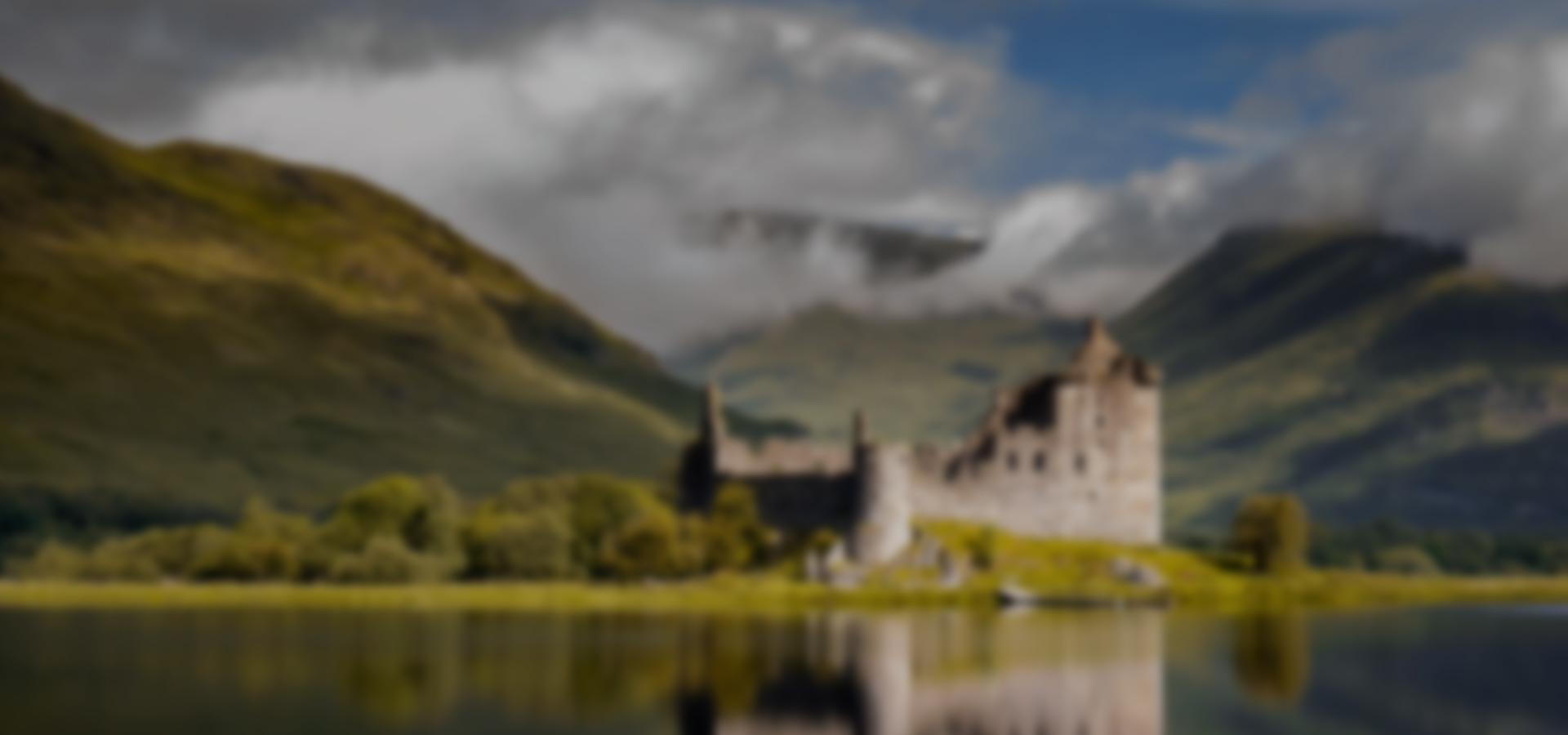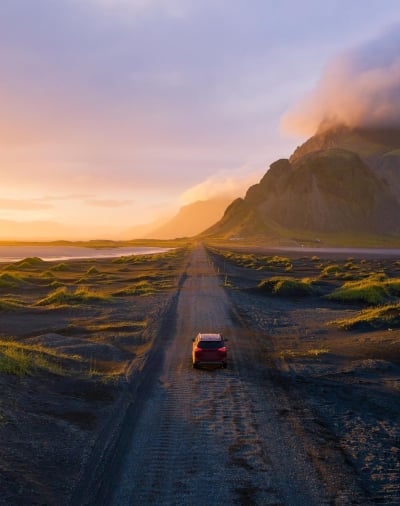How often do you eat potatoes? There are potato chips, french fries, mashed potatoes, and baked potatoes, to name a few. So, your answer might be almost every day, right? For the Irish, the potato was the majority of their diet. The Irish ate potatoes every day, at every meal. The more rural the family, the more they depended on the potato for sustenance. When you hear about the Irish Potato Famine, you can only imagine its history.
The potato is rich in carbohydrates, minerals, and vitamins. It’s completely possible to stay healthy on just a diet of potatoes alone. (Don’t tell the kids.) In fact, that’s what eight million Irish in the 1800’s did. While the potato wasn’t native to Ireland, it was able to be cultivated using a raised bed and drainage system.
The Irish famine began to take shape in 1845. A fungus, carried on ships from North America to England found their way to Dublin. The fungus caused potato leaves to turn black on the vines and rot. When potatoes were pulled from the ground, they appeared fine, but rotted after only a few days. The people of Ireland, who relied heavily on potatoes, had nothing to eat. The Irish Potato Famine began.
In England, an attempt to assist in the Irish Famine took place. (Remember, eight million Irish relied on potatoes as their main source of food.) However, ongoing politics specifically designed to keep grain prices high prevented anyone from truly stepping in to feed the hungry. In the Spring of 1846, poorly enacted attempts to employ Irishmen, who would need work for money to buy food, continued. Meanwhile, Prime Minister Peel tried to cure the Irish famine by sending ships of corn from America directly to Ireland. Unfortunately, corn needs to be ground, twice actually, to be digested. Ireland didn’t have any mills. The Irish Famine continued.
By June, the British charity corn supply had been exhausted. Surely, the Irish Famine wouldn’t continue. The new year’s crop of potatoes would survive. It didn’t. In fact, peasants and Irish country men were forced to sell off their live stock and possessions just to keep themselves alive. There was no work and no food. The British maintained a ‘leave it alone’ attitude towards the Irish Famine.
The Irish Famine even continued when a new Prime Minister, Charles Trevelyn, took over. He banned all food distribution to the Irish. By September 1846, when the second season of potatoes failed, people began to starve in the west and southwest, a rural population with limited access to other sustenance. You will read that the poor, according to additional British enactments, should have been fed by the farmers whose land they worked on. However, payments of wages were inconsistent at best. Just because the British commanded landlords feed the farmers didn’t mean they actually did it. This year, having sold off much of their possessions, the poor Irish had no way to feed their families and pay their landlords rent as well.
As the Irish Famine goes, we could write a book concerning how the Irish suffered. Having no food contributed to numerous other issues. The Irish famine wasn’t just death caused by starvation. Lack of food also made the people more susceptible to diseases. Still others died of malnutrition since the small amounts of food provided as aid were lacking in vital nutrients. Do you recall during the first blight of the Irish Famine, possessions were sold? There was nothing left to give as the issues continued. Soup provided by the government would often contain rotten meat and other unpalatable vegetables. Yet, it’s all there was to eat, causing even more suffering during the Irish Famine.
It was 1847 before a decent potato crop was able to be harvested. Since there were minimal seedlings (they had been eaten), only about half the usual yield was produced. Was the Irish Famine over? No. In fact, landlords fearful of the blight continuing, had to think of a way to oust the starving poor so they could raise wheat or other crops on the land. Some landlords paid to send their unpaying tenants overseas. They promised money and jobs, which, of course, were all fabricated. Other Irish fled to Britain, overwhelming their straining population.
By the end of 1847, the Irish Famine had caused a startling destruction of the people. While there was finally food, no one had money to buy it. The British even attempted to force Ireland’s (many were not Irish) landowners to pay the costs of rectifying the strife the Irish Famine had caused. Finally, a British Poor Law allowed any able bodied man with no means to get relief. By new British law, landowners became responsible for the taxes of their tenants, too. How do you pay the rent if you don’t have any money? How did the landlords pay the taxes without any rent? The solution was to kick everyone out. The starving Irish Famine population was now becoming homeless with the winter of 1847 approaching.
The Irish Famine had what’s called the Long Night of Sorrow during this time. In 1848 the potato blight returned. The Irish Famine can cause us to take away two points: The Irish migrated even more aggressively to America (as well as throughout the country) and others purposefully turned to crimes just to be sent to a prison in Australia where three meals a day were standard. Those two points also mostly end the story of the Irish Famine. While British turbulence continued, the people of Ireland…, survived?
There is no good way to end the history of the Irish Famine. All said, over a million people died in the Great Famine. In fact, we can only assume that the exodus of the people is what contributed to the survival of those who remained. There was no aid to be had, and certainly no hand outs from Britain. There was no change of politics that saved everyone from utter ruin. Even the fungus which caused the potato blight would occasionally return in later years.
If you’re planning your trips to Ireland and want to learn more about the Great Famine, be sure to check out the Dunbrody Famine Ship in New Ross, Co. Wexford, the Portuma Famine House in Portuma, Co. Galway, or the Strokestown Park and Famine Museum in Strokestown, Co. Roscommon.
The Irish Famine does, however, help us to clearly understand just how difficult life was to be Irish during the 1800s. Kind of makes you want a whiskey…, an Irish whiskey.

How We Travel
Learn MoreMore Articles
A Multigenerational Family Trip Idea: An Adventure in Ireland
Ready for a journey not confined by age but enriched by a multitude of perspectives, where toddlers explore with wide-eyed wonder and grandparents share wisdom and stories? An escape from bustling routines, school agendas and the constant drumbeat of daily life … a multigenerational exploration stands as an epitome of unity. So, let’s begin!
Fall in Love with Denmark
Situated on 400+ islands connected by ferries and bridges, you’ll find stunning coastline, endless beaches, and rolling hills & farmland laced with biking and walking paths. It’s an excellent destination for families, with a huge variety of family-friendly activities and attractions.

By-Your-Side Service℠
Our personal concierge service and mobile app

Custom Europe Experts
Experts in planning truly customized trips

Value without Compromise
High-touch inclusions and customized experiences

Consistency with Individuality
You’ll always be met with the highest standards









